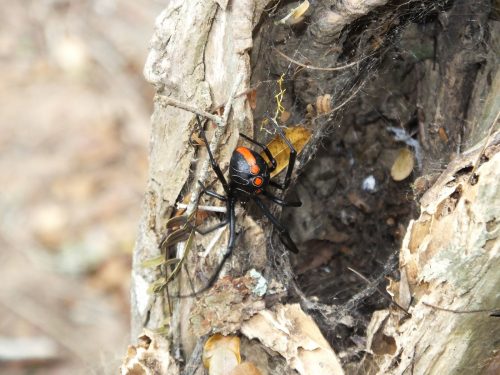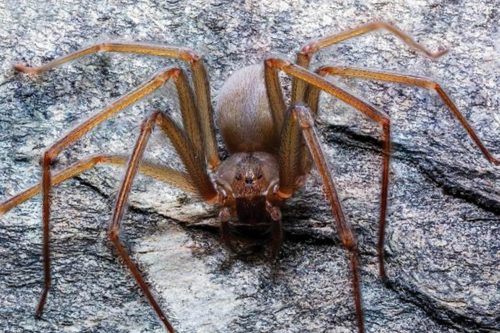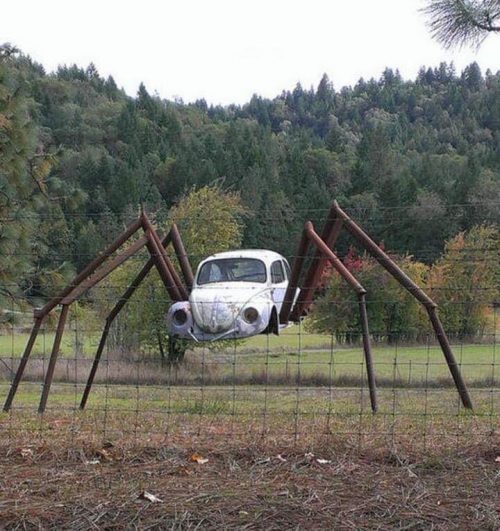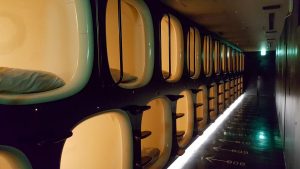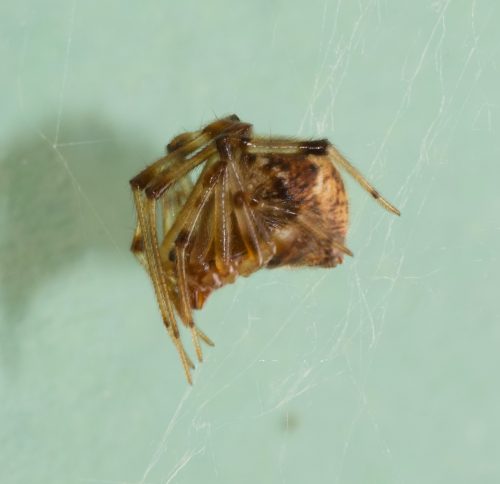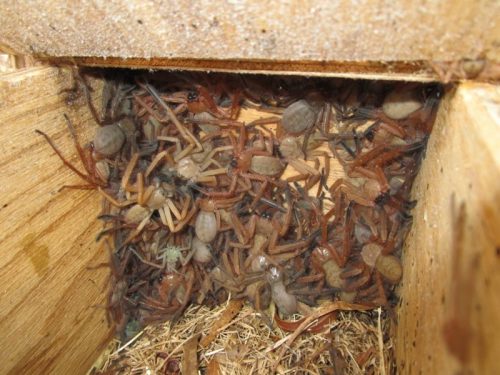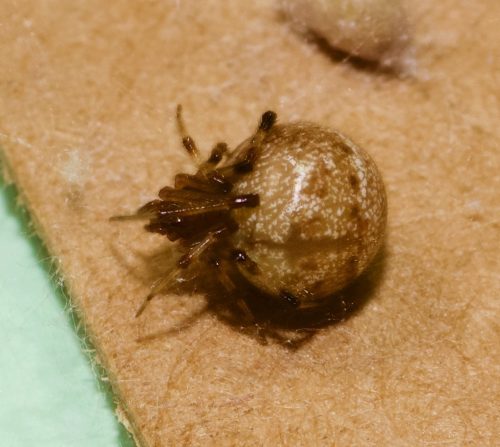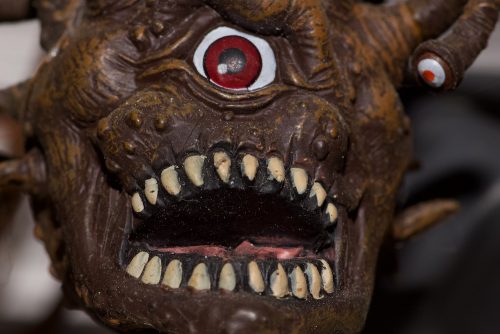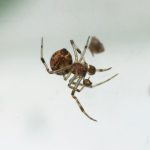Latrodectus umbukwane is a breath-takingly gorgeous spider from South Africa. Look at those colors!
As you might guess from the genus, it’s related to black widows, which means of course everyone gets worked up about its potential venomous nature. It hasn’t bitten anyone that we know of! Get over it! It seems to be, if anything, unusually shy.
Also, you want to see some sexual dimorphism? Take a look at this.

